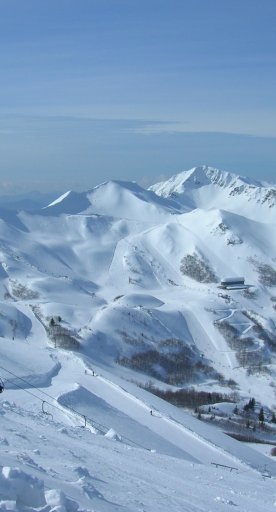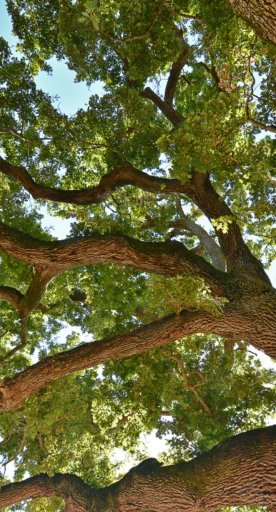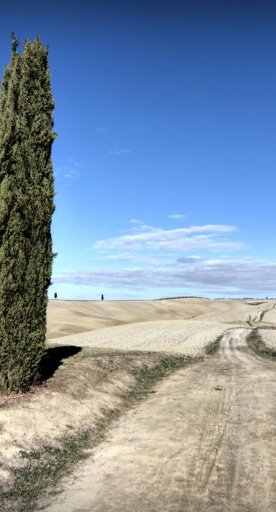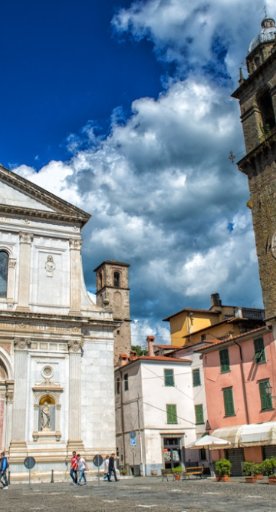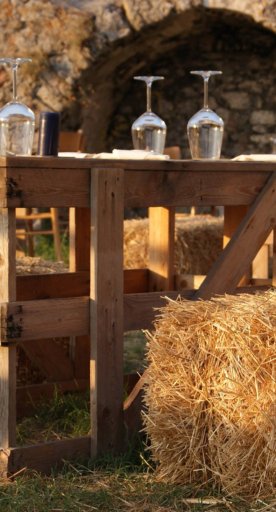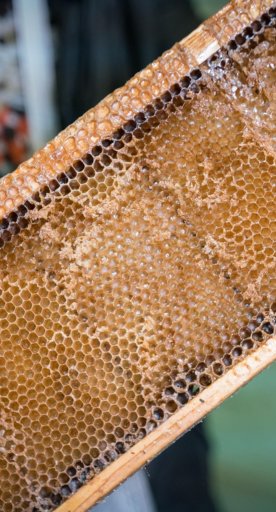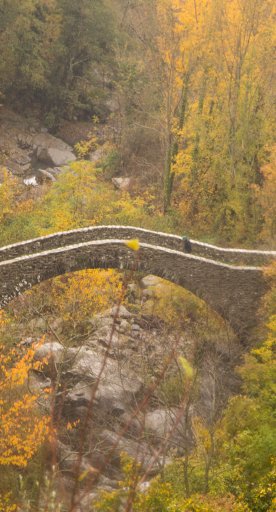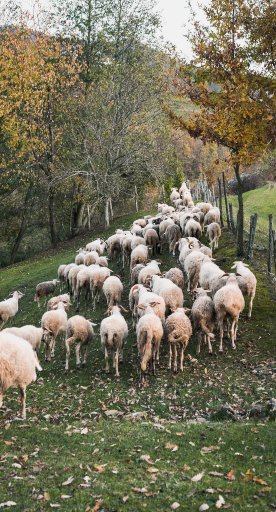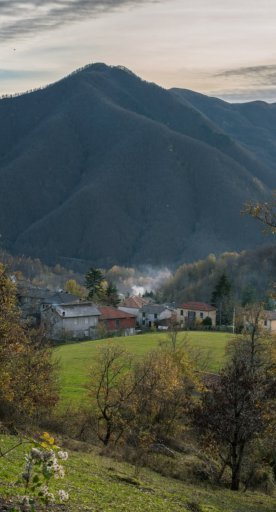
5 Apennine flowers along the Sentiero Italia in Lunigiana
Discovering the protected flora that colors Apennine landscapes
The Parco Nazionale dell'Appennino Tosco-Emiliano lies on the ridge between Tuscany and Emilia Romagna, running on the edge of 2,000 meters, straddling the continental and Mediterranean climates. At the junction of these two very different geographical areas develops a true natural botanical garden, a treasure chest of biodiversity, with hundreds of different plant species, often endemic, that is, exclusive to these territories. In fact, it is a UNESCO Biosphere Reserve and several EU Special Areas of Conservation.
The most scenic route, which from April to June allows you to fully immerse yourself in the Apennine flora, is the Sentiero Italia. This great hiking route devised by the CAI stretches about 7000 km along the southern side of the Alps and the entire Apennine ridge. Divided into about 500 stages, it connects all Italian regions, mostly retracing pre-existing trails such as the Grande Escursione Appenninica between Tuscany and Emilia Romagna.
The Sentiero Italia (SI trail marker) enters Lunigiana from the north through the Foce dei Tre Confini, in the municipality of Zeri, reaches the Cisa Pass at the border of the municipality of Pontremoli where it crosses the Via Francigena. From here it always remains above 1,000 meters for the rest of the Lunigiana route that runs along the ridge in the Parco Nazionale dell’Appennino Tosco-Emiliano among heaths and grasslands above the edge of beech forests. Beyond Passo del Cerreto the main route continues along the ridge, while the Apuan Variant travels through eastern Lunigiana, descending to Sassalbo, where it joins the Sentiero dei Ducati to first Regnano and then Equi Terme. It then enters the Parco Regionale delle Alpi Apuane at Vinca and continues south into Garfagnana.
This itinerary is characterized by breathtaking passages and views that range from the inland valleys, dotted with medieval villages and castles, to the sea.
-
1.Apennine flowers
-
2.The treasure in the 'wreckage'
Apennine flowers

Along the Sentiero Italia, in the period between April and June, you can discover the incredible and fascinating floristic variety of the primary peaks and grasslands of the Tuscan-Emilian Apennines.
Warning: many of the species you encounter are rare or endangered and fall under the IUCN Red List and the Biodiversity laws of Tuscany and Emilia Romagna. Collecting is prohibited, so we suggest you take good pictures of them to bring home a flower that never wilts!
The Apennine Primula (Primula apennina Widmer) is one of the endemic species that characterizes the floristic heritage of the Park.
It is the only pink-flowered primula in the northern Apennines and lives exclusively among the crevices of sandstone cliffs between 1,500 and 2,000 m, especially on north-facing slopes.
Appennine Primula is a protected and very rare plant, is protected by Law 30/2015 of the Tuscany Region and the Bern Convention; included as Vulnerable in the IUCN Red List of plants threatened with extinction in Italy, defined as a "priority species" by the EU Habitats Directive.
Alpine Aster (Aster alpinus L.) is a perennial herbaceous plant that grows on pastures and cliffs above 1,500 meters. Unmistakable and undoubtedly beautiful, it is a member of the asteraceae family, so what appears to us as a single flower is actually a composition of yellow tubular flowers in the center surrounded by violet lingulate flowers on the periphery.
Anemone narcissus (Anemonastrum narcissiflorum (L.) Holub) is a rare species in the Apennines that grows in high altitude pastures, semi-rocky environments and grassy ledges above 1,000 meters. It has showy umbrella-like inflorescences with 3-8 white flowers veined with pink, similar to those of daffodils.
The Silene a cuscinetto (Silene acaulis L.) is a small herbaceous perennial plant that grows on rocky soils above 1,800 meters. It is easily recognized because it has delicate violet-pink flowers on small, dense green pads, which when viewed from a distance could easily be mistaken for moss pads.
The treasure in the 'wreckage'

Alpine Aster, Anemone narcissus and Silene a cuscinetto are Arctic-Alpine species that arrived in the Apennines during the Quaternary glaciations, at which time in fact the ice had covered the Alps forcing the species present to move southward, where the ground was not completely covered with snow; this is how these species found a permanent home in the Apennine mountains where they still survive as 'relict species', despite the fact that the climatic conditions that allowed their formation have therefore changed.
In the secondary grasslands such as the Logarghena Meadows and the Camporaghena Meadows-Pastures, which can be glimpsed further down, numerous species of wild orchids and asphodels bloom in spring amidst expanses of Daffodils (Narcissus poeticus L.) with large white flowers with intense fragrance; only for the latter is the harvesting of a maximum of 25 stems per person per day allowed.
What’s nearby?







